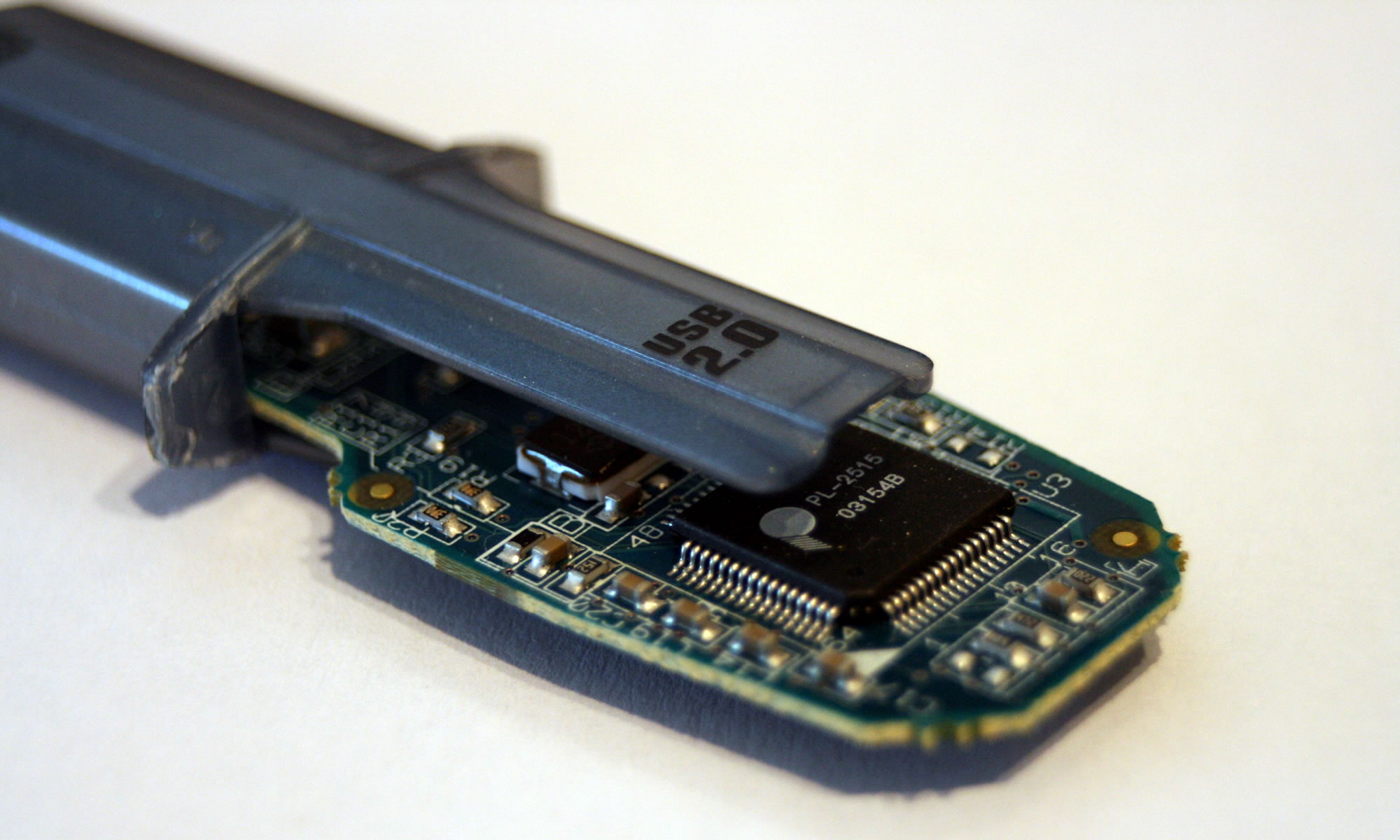Ten years ago Apple announced the iPod. Watching this video ten years later I am struck by how low key the event is and also what a risk it was for Apple to enter the portable digital music market. In some ways you could argue what a stupid decision for a computer company to make. Apple makes computers and laptops, not accessories for niche markets…
I am also struck by how different the Steve Jobs presentation style is to the ones he has done over the past few years. Ten years ago it looked like it was aimed at the people who would write about the product, sell the product and investors in the company. Whereas the presentations over recent years seemed to be aimed at the people who would actually use the product. Of course the slide presentation wasn’t done in Keynote… I believe it wasn’t even done in Powerpoint…
 The iPod was really an interesting product for Apple to launch. At that time the only real player in the market was Sony with their portable CD Walkman players. Everything else on the market was very much on the fringe or niche. No one was really doing anything in that market that was really popular or mainstream. Also most of the players were very geeky, techy and ugly! Apple took a big risk when at the time their main consumer products were the iMac and the iBook.
The iPod was really an interesting product for Apple to launch. At that time the only real player in the market was Sony with their portable CD Walkman players. Everything else on the market was very much on the fringe or niche. No one was really doing anything in that market that was really popular or mainstream. Also most of the players were very geeky, techy and ugly! Apple took a big risk when at the time their main consumer products were the iMac and the iBook.
The first iPod was, when you think about it, not really going to be a success. It was expensive, it was Mac only, it needed Firewire and there was no where to buy music, you needed to use iTunes to rip your CDS to mp3 and then transfer them across. No wonder at the time lots of people were sceptical and thought the iPod was doomed to fail.
I didn’t get one, partly as it was very expensive, I didn’t really use Macs at that point and I had a CD player!
I didn’t get an iPod until the fourth generation in 2004 (that’s me a late adopter) but wasn’t until iTunes added podcasting support in 2005 that my iPod became essential.
Of course the iPod has also changed opinions of Apple has a computer firm and many people I know when replacing their computer are replacing it with a Mac. The mainstreaming of Apple by consumers and the success of devices such as the iPhone and the iPad can be attributed to the humble iPod.
Virtually everyone I know, had an iPod and though with the iPhone, the iPad and the iPod touch, ten years later we are probably seeing the end of the traditional iPod it’s not surprising that the iPod classic is still for sale and has basically the same form factor as that first iPod released ten years ago.
So do you iPod? Which iPod was your first and what do you now do for digital music and podcasts?
Thanks to Tony Vincent for the video link.
























